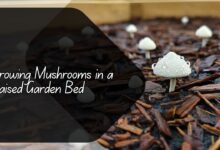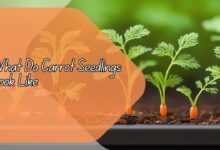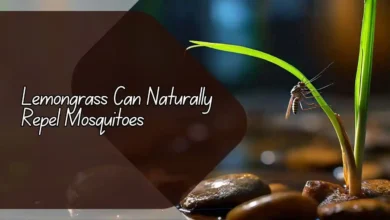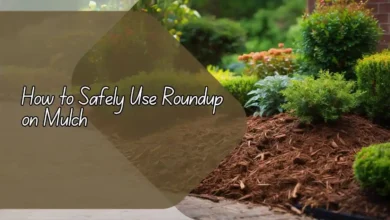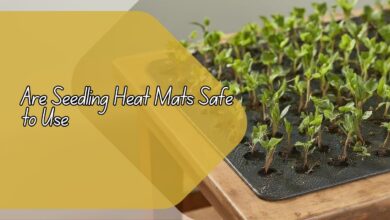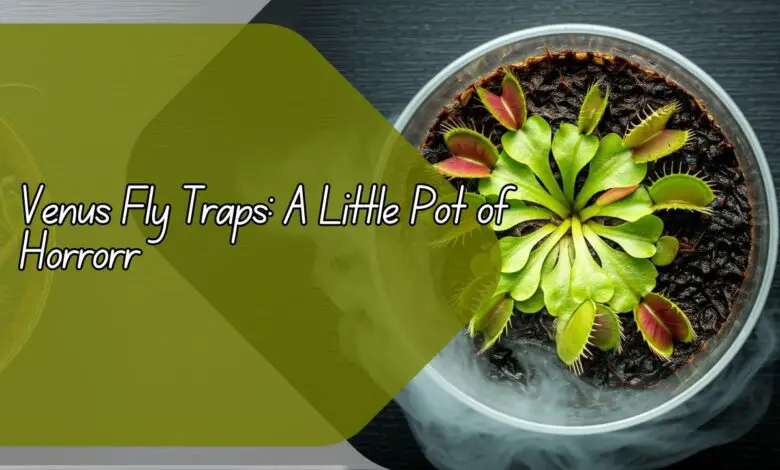
The Fascinating World of Venus Fly Traps: A Little Pot of Horrors
A Venus Fly Trap, also known as Dionaea muscipula, is a fascinating carnivorous plant that captures and digests insects for nutrients. In this article, we will delve into the intriguing world of Venus Fly Traps, exploring their unique characteristics, care tips, and how to grow them successfully in your garden.
What is a Venus Fly Trap?
The Venus Fly Trap is a carnivorous plant native to the wetlands of North and South Carolina in the United States. It is well-known for its hinged trap mechanism, which snaps shut when triggered by an unsuspecting insect. The trap then secretes digestive enzymes to break down the prey for absorption. Venus Fly Traps are a popular choice for both indoor and outdoor gardens due to their captivating nature.
These plants require a nutrient-poor environment because they have evolved to obtain essential nutrients, such as nitrogen and phosphorus, from insects. Venus Fly Traps have distinct lobes with sensitive trigger hairs that detect the presence of prey. When an insect touches the trigger hairs, the trap closes rapidly, capturing the insect inside.

How to Care for Venus Fly Traps
When caring for Venus Fly Traps, it is essential to mimic their natural environment as closely as possible. They thrive in bright, indirect sunlight and require a humid atmosphere. It is crucial to use distilled water or rainwater for watering to prevent the buildup of minerals in the soil, which can harm the plant.
These carnivorous plants prefer soil that is acidic and well-drained, such as a mix of sphagnum moss and perlite. They should be planted in a pot with drainage holes to prevent waterlogged conditions. Venus Fly Traps also benefit from occasional feeding with live insects, such as small flies or insects, to supplement their nutritional needs.
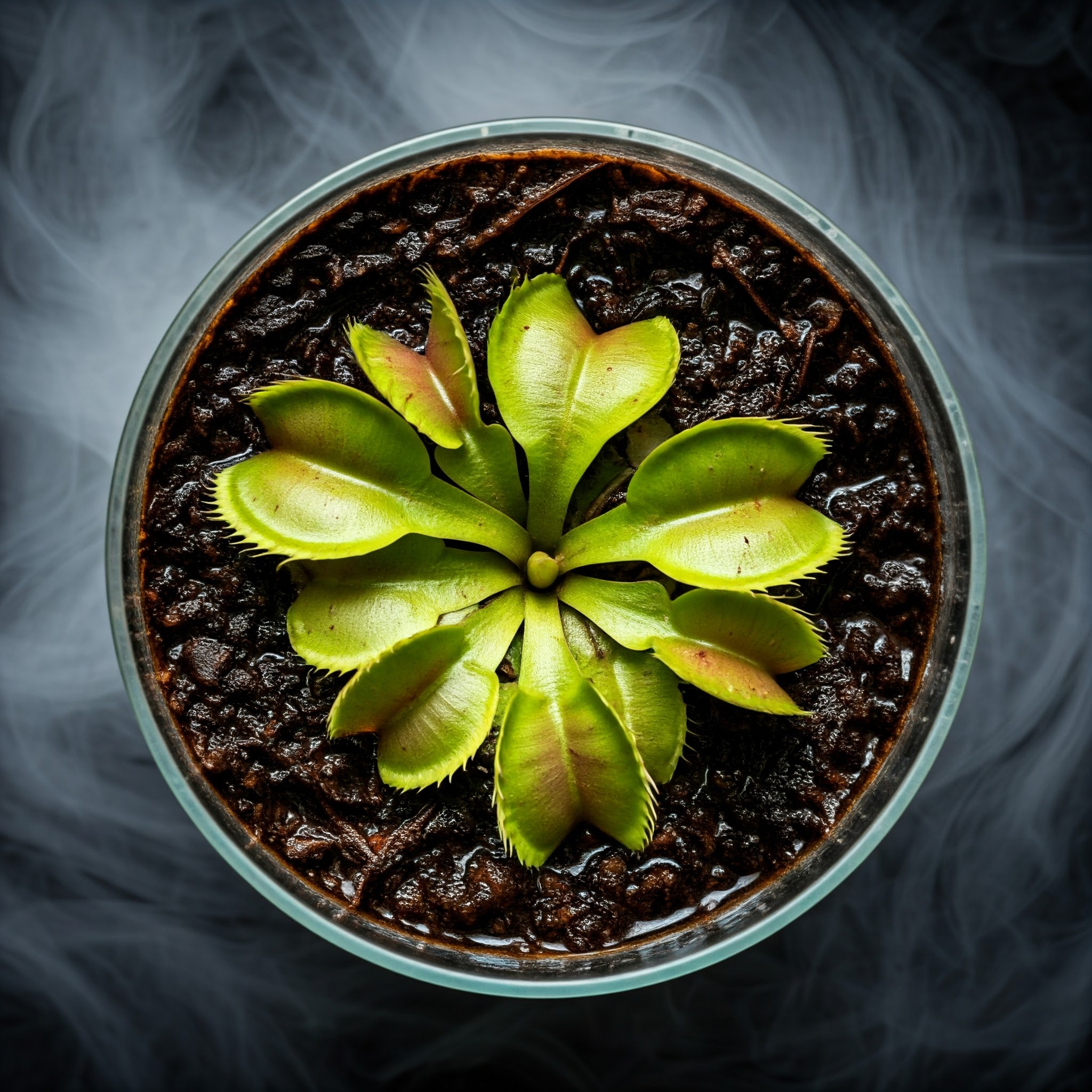
How to Grow Venus Fly Traps
When growing Venus Fly Traps, it is essential to provide them with the right conditions to thrive. They require a dormancy period during the winter months, where they undergo a period of rest to recharge for the next growing season. During dormancy, Venus Fly Traps should be kept in a cool location with reduced watering and minimal sunlight.
Propagation of Venus Fly Traps can be done through division or leaf cuttings. Dividing the plant involves separating the rhizomes, or underground stems, to create new plants. Leaf cuttings can also be taken from healthy leaves to produce new plants. It is essential to follow proper sterilization techniques to prevent any infections during propagation.
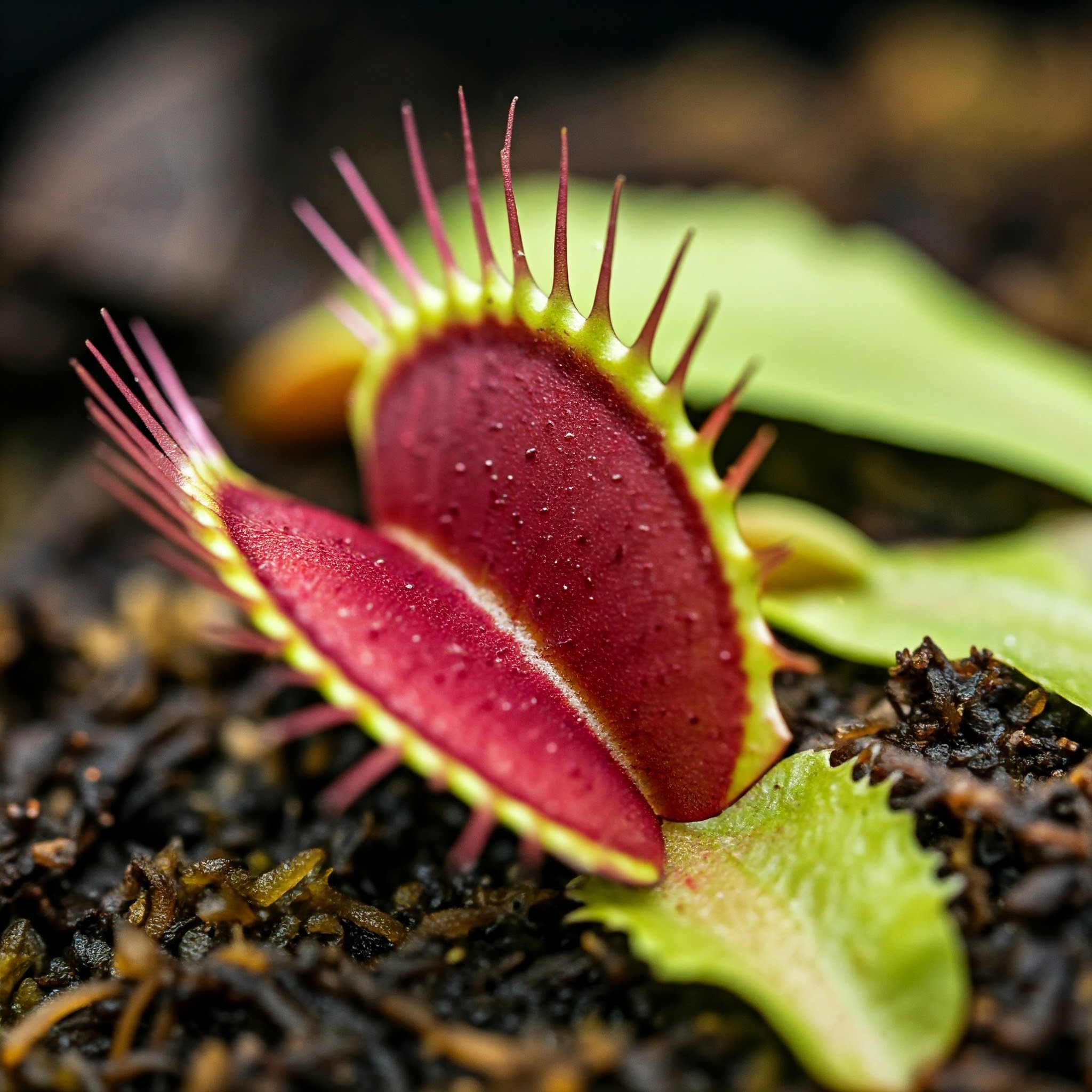
Common Issues with Venus Fly Traps
One common issue that Venus Fly Traps may face is incorrect soil conditions, such as using regular potting soil instead of an acidic mix. This can lead to nutrient deficiencies and poor growth. Overwatering is another common problem, as Venus Fly Traps prefer moist but not waterlogged conditions. It is crucial to allow the soil to dry out slightly between waterings to prevent root rot.
Pests, such as spider mites and aphids, can also be a concern for Venus Fly Traps. These tiny insects can damage the leaves and trap mechanisms, affecting the plant’s ability to catch prey. It is essential to monitor for pests regularly and treat infestations promptly to prevent damage to the plant.
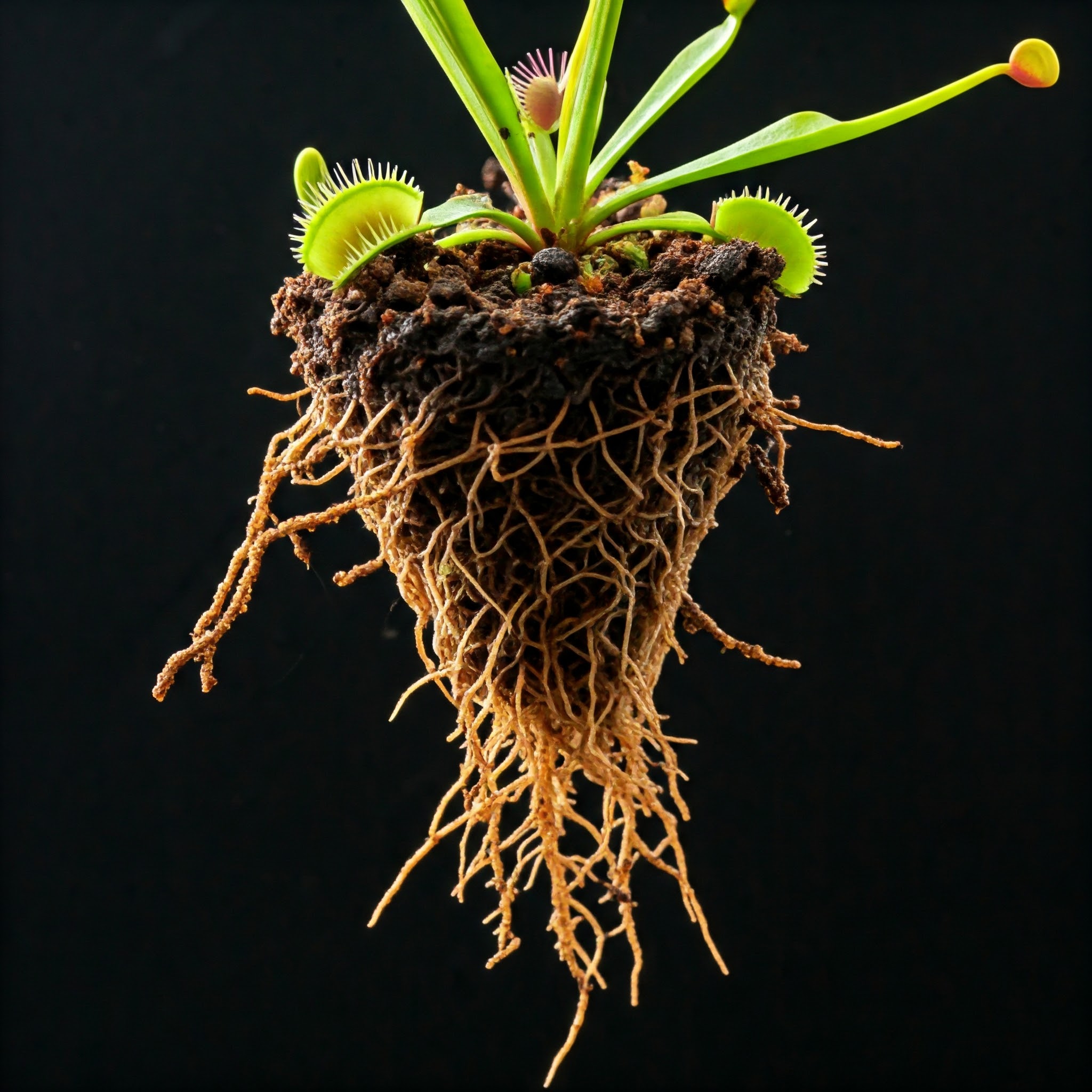
Conclusion
In conclusion, Venus Fly Traps are intriguing carnivorous plants that add a unique touch to any garden. By providing them with the right care and growing conditions, you can enjoy watching these little pots of horrors capture and digest insects. Remember to mimic their natural environment, avoid common pitfalls such as overwatering, and enjoy the fascinating world of Venus Fly Traps in your own backyard.
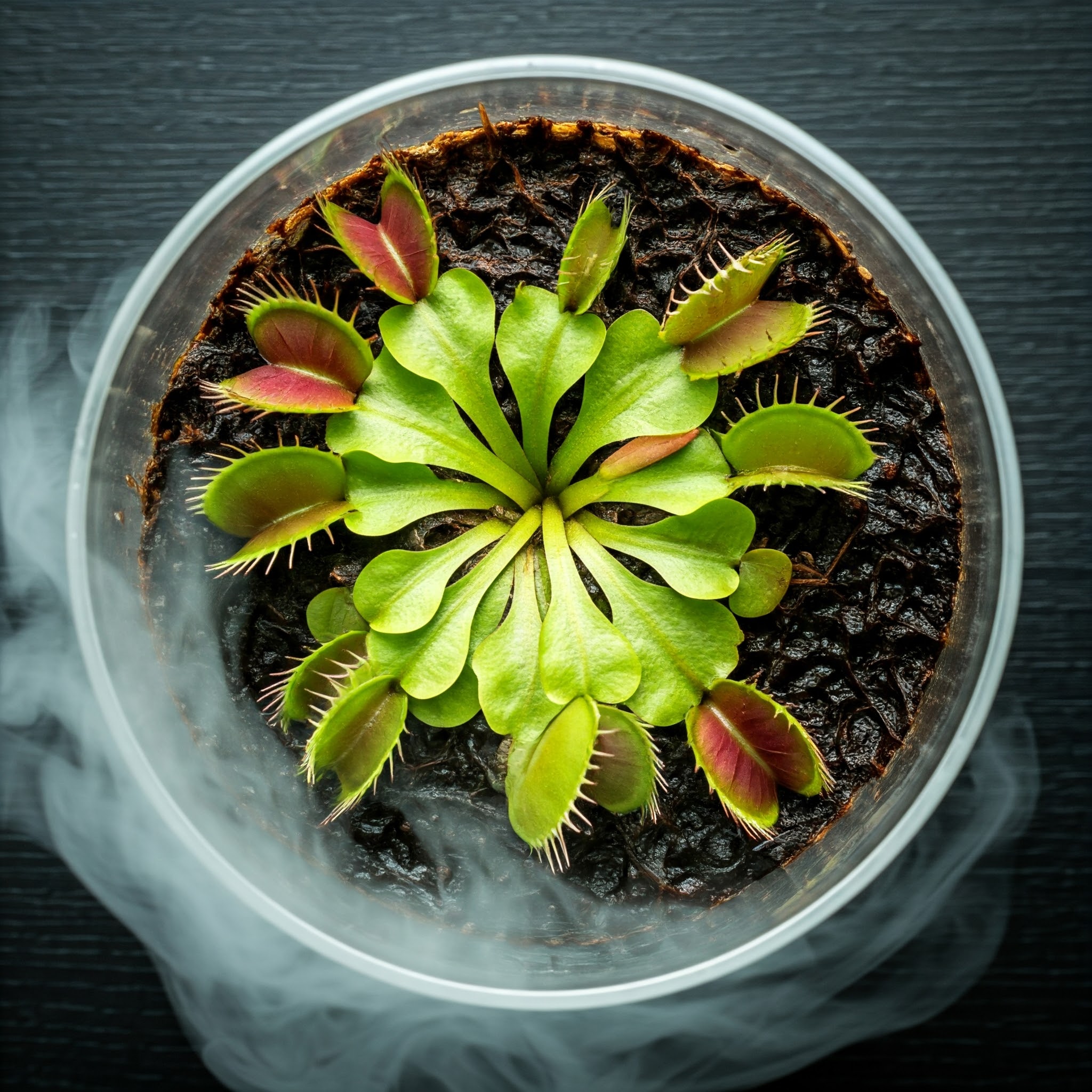
FAQs
How often should I water my Venus Fly Trap?
Venus Fly Traps prefer moist but not waterlogged conditions. Water them when the soil starts to dry out slightly, using distilled water or rainwater to prevent mineral buildup.
Can I feed my Venus Fly Trap insects from my garden?
It is best to feed live insects, such as small flies or insects, to Venus Fly Traps to supplement their nutritional needs. Avoid feeding them insects sprayed with pesticides.
Why is my Venus Fly Trap not catching insects?
Check the trigger hairs on the lobes of the trap to see if they are functioning correctly. Make sure the plant is receiving enough sunlight and nutrients for healthy trap function.
How do I know if my Venus Fly Trap is entering dormancy?
During dormancy, Venus Fly Traps will slow down in growth and may lose some leaves. Place the plant in a cool location with reduced sunlight and watering to allow it to rest.
Can I grow Venus Fly Traps indoors?
Yes, Venus Fly Traps can be grown indoors in a bright location with indirect sunlight. Provide them with a humid environment and follow proper care guidelines for successful growth.
